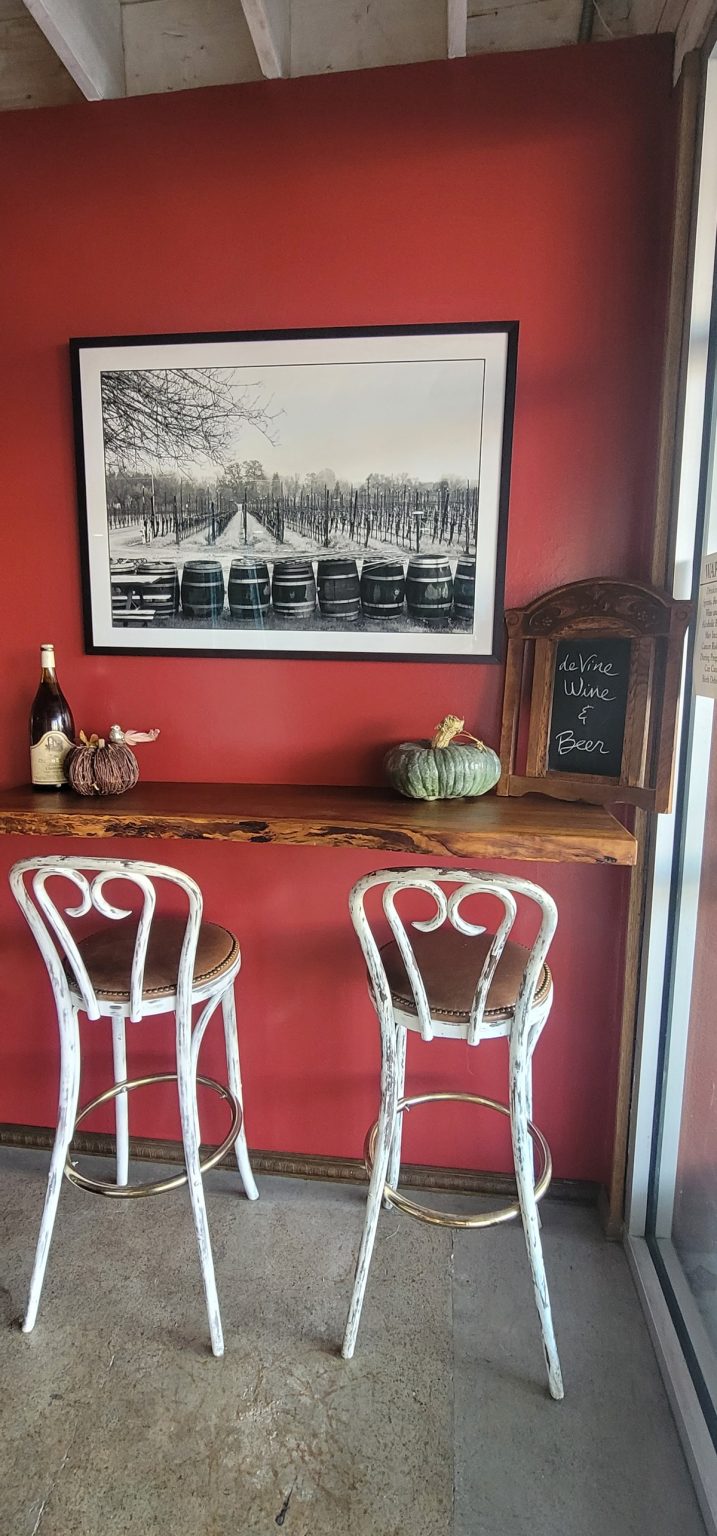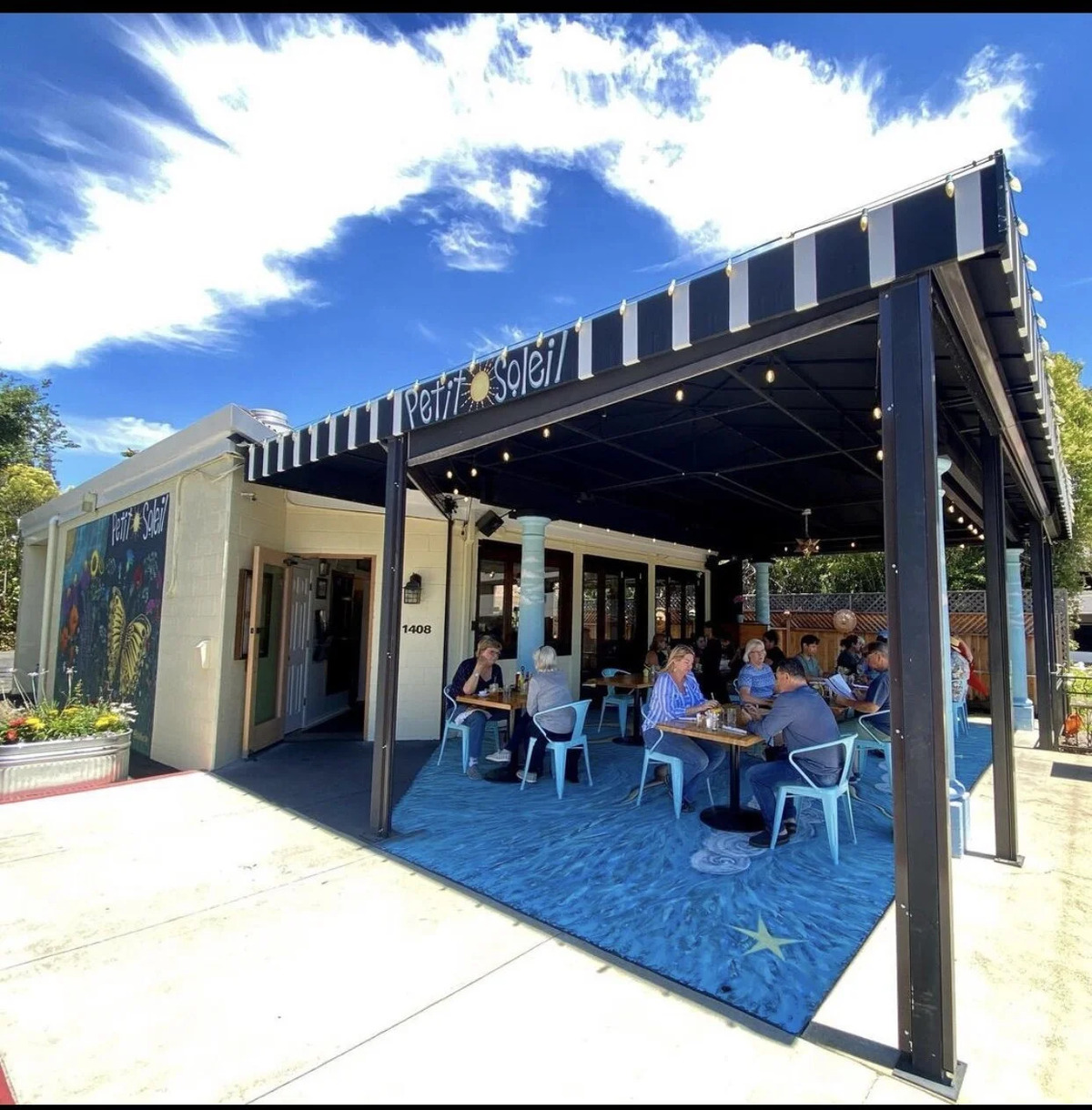San Francisco officials have approved the removal of the Vaillancourt Fountain, a longtime Embarcadero Plaza landmark that has sparked debate for decades. The decision follows years of controversy over the fountain’s upkeep, safety concerns, and the city’s broader plans to revitalize the Embarcadero area.
City Moves to Remove Vaillancourt Fountain Citing Safety Concerns
The San Francisco Arts Commission has approved a motion to remove the Vaillancourt Fountain, designed by Canadian artist Armand Vaillancourt. The commission cited long-term structural deterioration and public safety concerns.
Before removal begins, the city must notify the artist and local community as required under the California Art Preservation Act. The move allows officials to further assess the fountain’s condition and consider options for restoration, relocation, or repurposing.
The Planning Department determined that the fountain’s removal does not require additional environmental review. The Planning Department determined that the removal qualifies as an emergency action under Section 15269 of the California Environmental Quality Act (CEQA), intended to protect public health and safety.
The motion serves as the project’s official approval under San Francisco’s Administrative Code Section 31.04(h).
Designed to Counter the Freeway Noise
Created by Canadian sculptor Armand Vaillancourt, the fountain was completed in 1971. The surrounding plaza, designed by landscape architect Lawrence Halprin in collaboration with architects Mario Ciampi and John Savage Bolles, was finished the following year.
City records note that the fountain was intended to enliven the space in front of the Embarcadero Freeway and soften the structure’s visual and acoustic impact.
Designed as an interactive feature, the fountain embodied Halprin’s vision of public spaces that invite movement and engagement. Its removal marks the end of an era for one of San Francisco’s most recognizable landmarks.
While safety and structural concerns prompted the decision, officials have indicated that restoration or relocation could be considered in the future.











